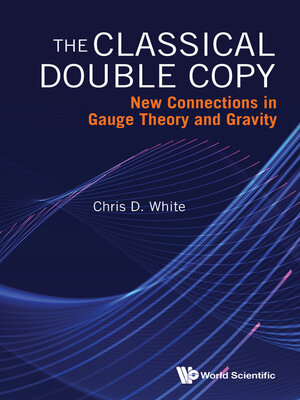
Sign up to save your library
With an OverDrive account, you can save your favorite libraries for at-a-glance information about availability. Find out more about OverDrive accounts.
Find this title in Libby, the library reading app by OverDrive.



Search for a digital library with this title
Title found at these libraries:
| Loading... |
Our current understanding of nature is in terms of matter that is acted on by forces. There are four fundamental forces, of which three are described by so-called gauge theories, a type of quantum field theory. The fourth force, gravity, is best described by general relativity, and our traditional ways of thinking about gauge theories and gravity look completely different from each other.In recent years, an exciting new correspondence called the 'double copy' has emerged, which suggests that the above theories may be much more closely related than previously thought. Inspired by previous work in string theory, it originated in the study of how particles interact, but has since been generalised to show that many gravitational quantities can be simply obtained by recycling simpler gauge theory results. This has significant practical applications — such as new calculational tools for astrophysics — but is also of conceptual importance, in suggesting that our current ways of thinking about fundamental physics are hiding a vast underlying structure.This book reviews our current theories of fundamental physics, before describing in detail how the double copy was discovered, how it can be applied to different types of object in gauge or gravity theory, and what its current and future applications are. No prior knowledge of quantum field theory or string theory is assumed, such that the book will be of interest to a broad audience of physicists and mathematicians.






